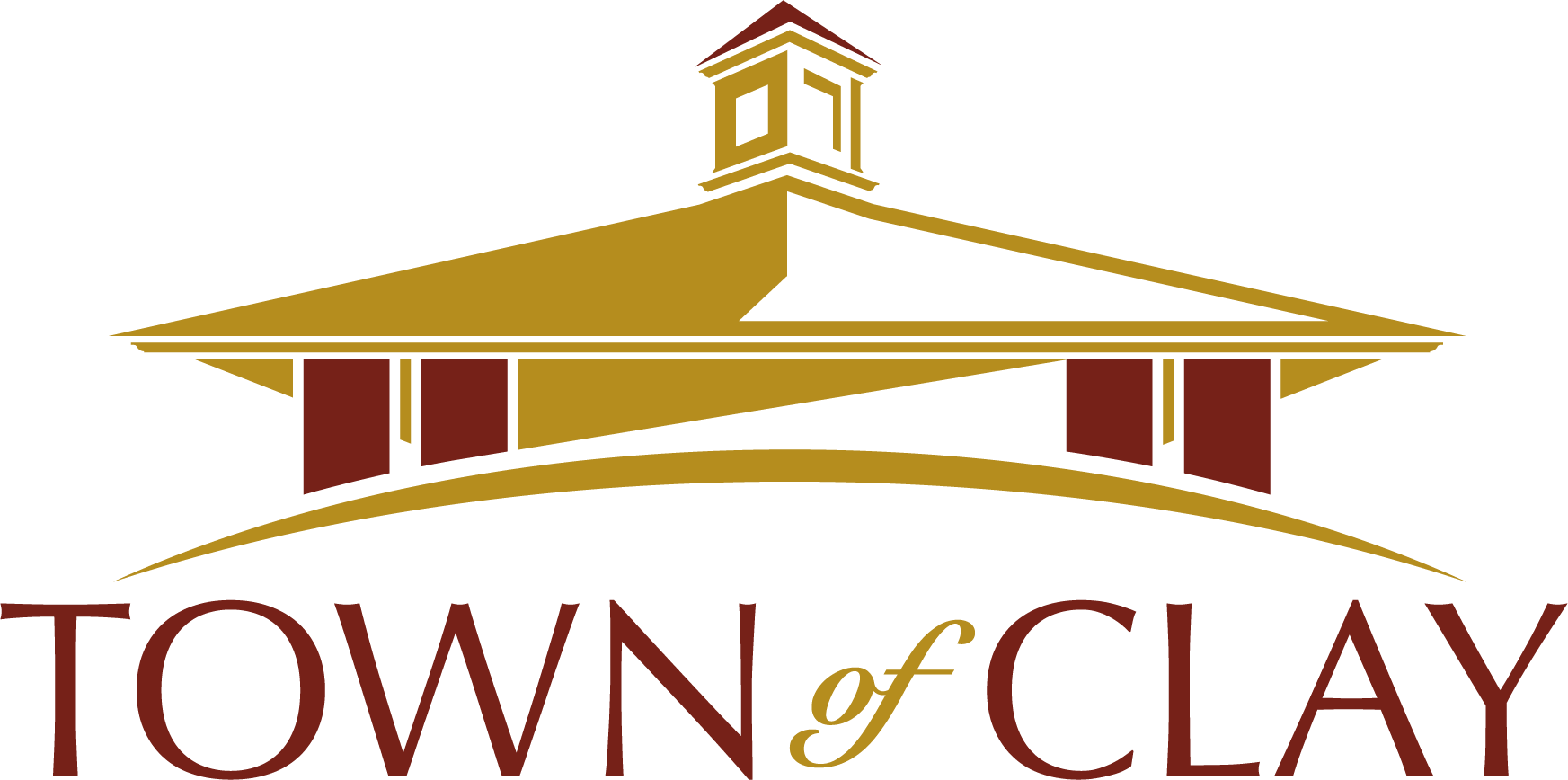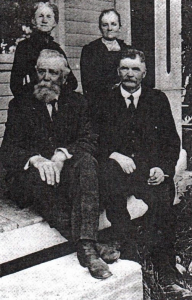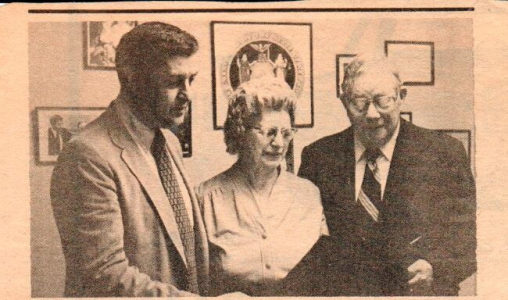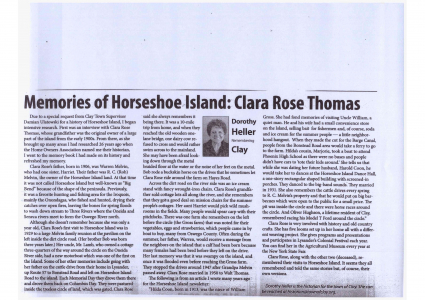Towpath Road and BridgePosted on April 7, 2021 |
Image
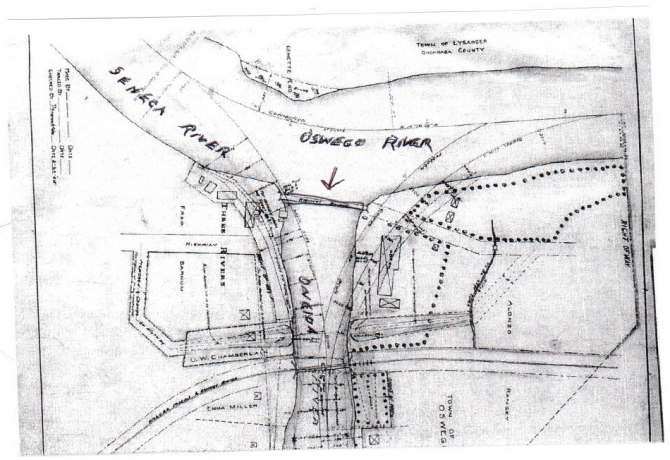
|
HISTORY MYSTERY: Towpath Road and Bridge
When the Oswego Canal was built in 1820, it utilized the Seneca and Oswego Rivers between Mud Lock near Liverpool and a lock around the falls at Phoenix. It was needed to connect Oswego, Fulton and Phoenix north with Syracuse and points south. Farmers needed to transport their produce and farm goods to the south and. to the north. Business men needed to be able to travel these routes to make their connections. A towpath was built on the eastern bank of the Seneca and Oswego Rivers so that horses and mules could tow the boats up the rivers. This towpath formed a small road independent of other north-south roads in the area, including Route 57 and Gaskin Road. Bridges and causeways were needed to help the towpath across streams, marshes, etc.
By far, the largest obstacle was the Oneida River at Three Rivers Point. Here a wooden towpath bridge was constructed to cross the river. It was very narrow with a low railing. For many years, it was the only bridge at Three Rivers and was used not only for animals towing canal boats, but by road traffic traveling on the road between Syracuse and Oswego (modern day Route 57). This road veered off from the Route 57 south of Three Rivers Point. Traveling up modern day Gaskin Road. Near the Oneida River, it met Maider Road, which originally extended further west than it does today. The road here veered left to meet the towpath, then crossed the towpath bridge. On the far side the towpath and road again parted ways, with the road going straight northwest until it resumed the route of modern day Route 57, while the towpath veered left to resume following the bank of the river.
The rebuilding of the road and construction of Towpath Bridge was begun in 1845, but the season proved so unfavorable that the work was abandoned and was not completed until 1847. The bridge was
constructed close to the point where the rivers met, so the animals and people crossed several hundred feet west of where the current bridge is now. (See arrow pointing on the map at the Towpath Bridge.) The bridge needed to be close to the towpath because the horses/mules were tied to the boat with rope and the animals shouldn’t go too far against the current. As the rivers met here, there were actually two different currents making it tricky for the canal boatman. A boat coming north using the Seneca River towpath would have to have the animals cross to the Oswego towpath by crossing the bridge over the Oneida River. Many horses panicked if they had never been driven over it before.
In The Oswego Valley News 1978 on the 150th Anniversary of the Oswego Canal, an article appeared: “On Aug, 11, 1865, ‘The Phoenix Reporter’ records a ‘strange feat’ performed by a span of horses at Three Rivers Point. They were crossing the bridge which spans the Oneida River, towing a boat when they took it into their heads to jump over the railing on the side opposite the boat. The tow line would not permit them to drop into the water, and so they hung suspended in air, heads down, until the line was cut. They were then rescued without injury.”
There doesn’t appear to be any traces of the old towpath bridge. It really wasn’t meant for road traffic and by 1909 demands were being made for a new bridge at Three Rivers. With construction of the new Barge Canal which had begun in 1905, these demands were recognized. Oswego Road (Rt. 57) was straightened and a high bridge to the east constructed. The old one was demolished around 1910.
Widening of the mouth of the Oneida River during construction of the Barge Canal took much land on the north and south banks. However, a small section of what appears to be the towpath can be seen along the east side of the Oswego River just north of the confluence of the rivers. Old maps show an artificial spit of land, about 14 feet wide, raised above the river in this area. Water from the river has managed to get behind this barrier, making it stand out. Could this be part of the old towpath?*
*Zachary Peelman’s research
Dorothy Heller, Historian
4-7-21
Other
History Mysteries
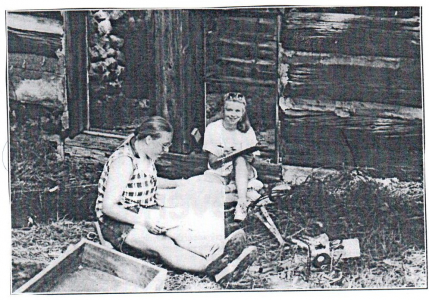
Clay Archaeological Digs
History Mystery | May 20, 2021
HISTORY MYSTERY: Clay Archaeological Digs
